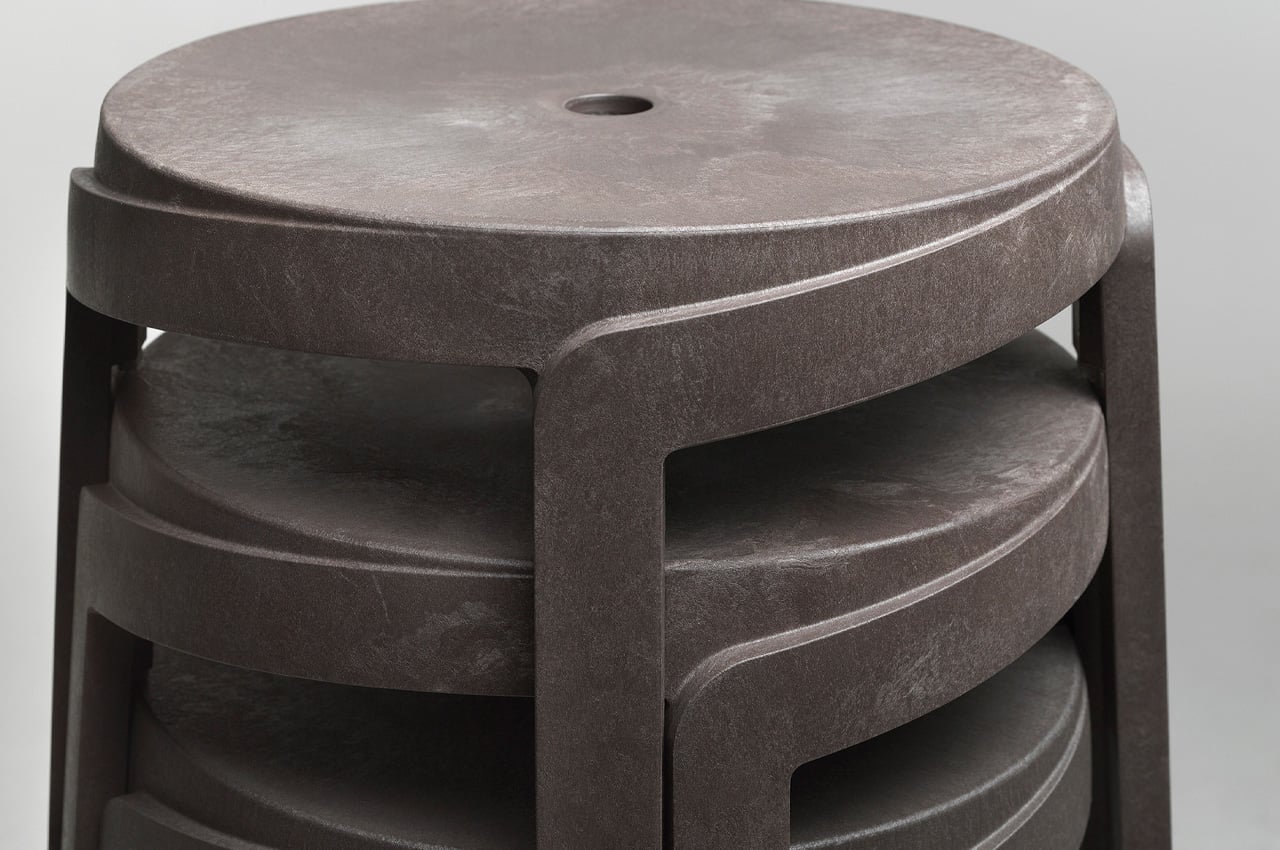#Spidique Chair Harmonizes Computational Intelligence And Human Touch For A Sustainable Future
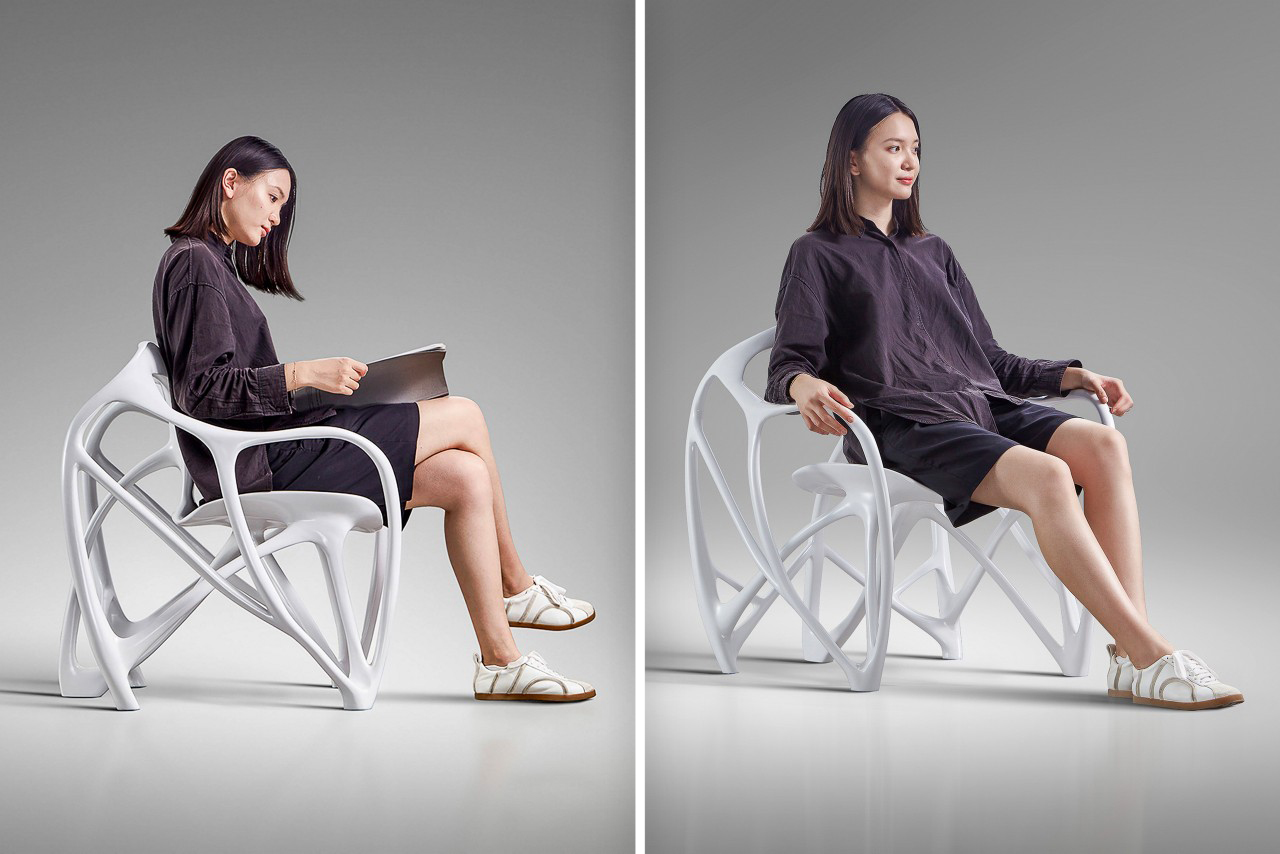

The introduction of plastic in manufacturing has been a double-edged sword, celebrated for its unmatched convenience and versatility, yet criticized for its environmental impact. The true ecological footprint of plastic largely depends on its post-production management. Efficient recycling significantly diminishes its environmental harm. Embracing sustainable design by minimizing plastic use while achieving robust and elegant structures is a path toward eco-friendly innovation. Inspired by this philosophy, the designer of Spidique created a plastic-based chair, using advanced simulations to ensure structural integrity and aesthetic appeal.
Designer: Siqi Yang
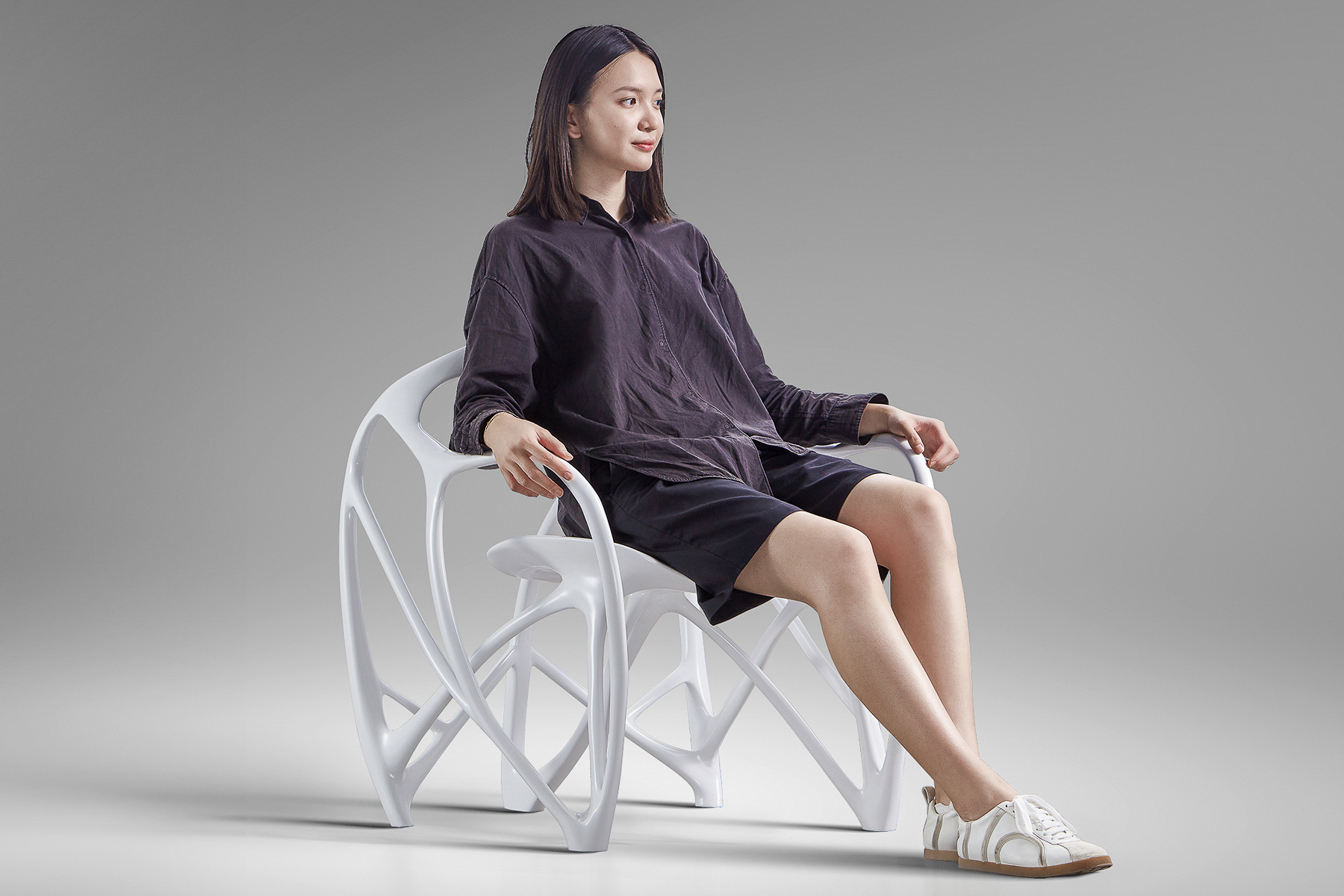

Spidique draws inspiration from renowned designers Ross Lovegrove and Luigi Colani. Lovegrove is known for using cutting-edge technology to craft futuristic and organic forms, evident in Spidique’s mesh-like structure reminiscent of Lovegrove’s Formula 1 metal perfume bottle. Colani’s mastery of round, organic shapes is seen in the chair’s fluid lines. These influences combine to create a design that marries modern technology’s mechanical precision with seasoned craftsmanship’s artistic touch.
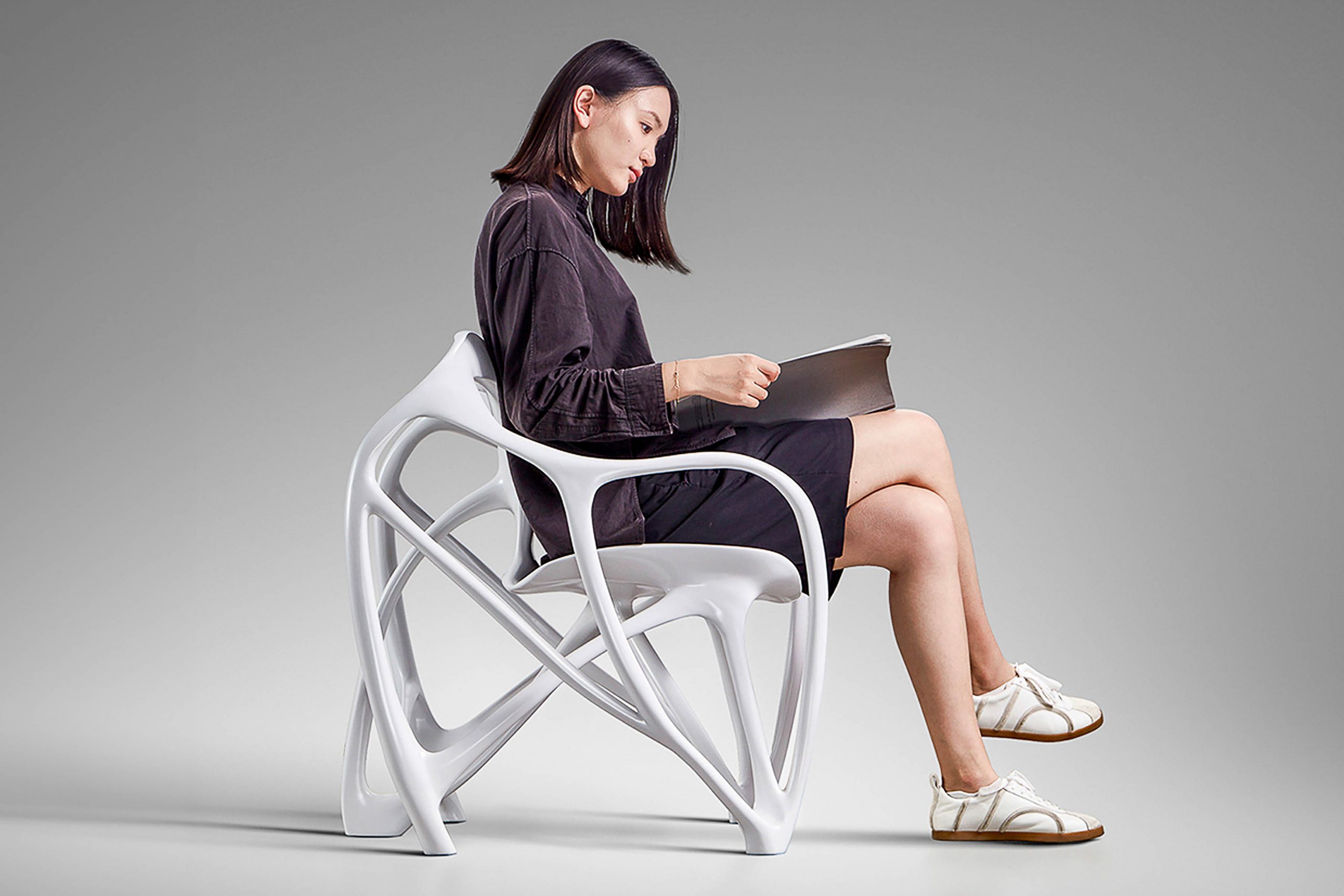

Spidique’s manufacture relies on 3D printing technology, utilizing Ameba software and the Bidirectional Evolutionary Structural Optimization (BESO) algorithm. This algorithm is critical for topological optimization, designing a chair that is both structurally sound and material-efficient.
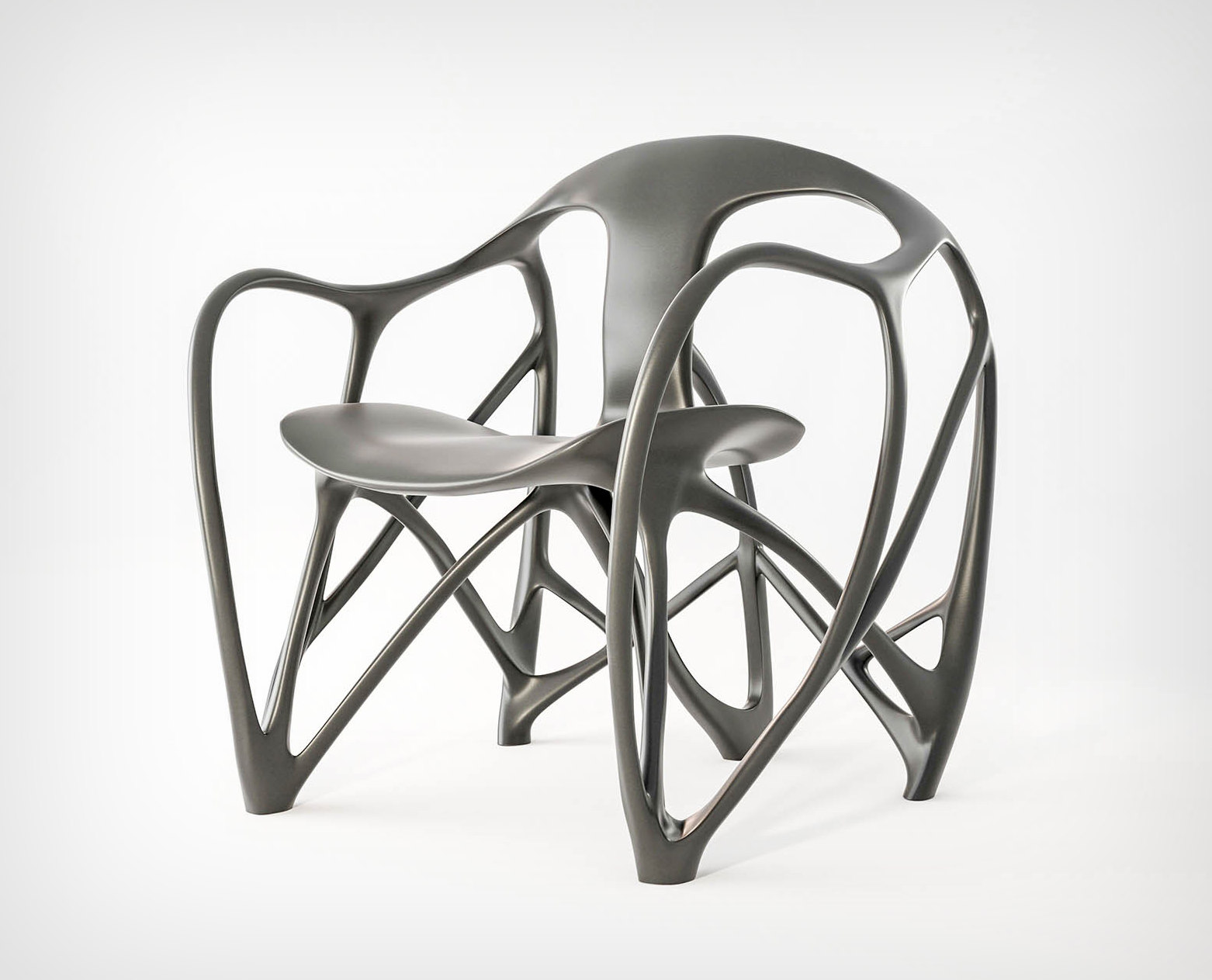

The design process unfolds in several stages, beginning with algorithm execution, where parameters are set to generate the chair’s initial shape. This is followed by evaluation and refinement, where designers assess the initial model for ergonomic and aesthetic qualities, making necessary adjustments to enhance comfort and visual appeal. Next, the refined model is prototyped using 3D printing technology and undergoes rigorous testing for comfort, durability, and user feedback. Based on this feedback, further refinements are made to ensure the design is optimal for production.
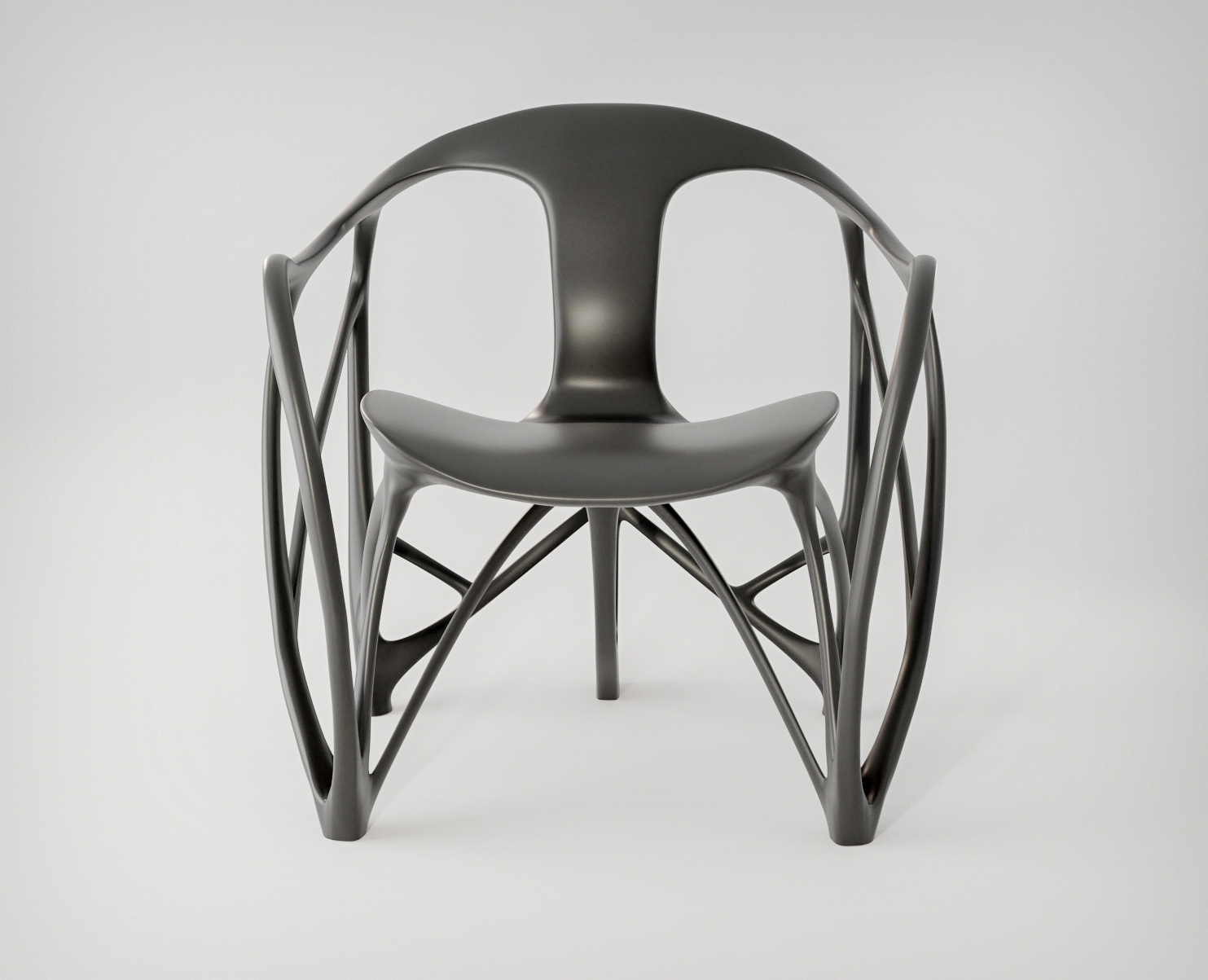

The iterative process continues until the design achieves the desired balance of comfort, aesthetics, and sustainability. This process highlights the interaction between computational precision and human-centric design. While the algorithm provides a precise and optimized structure, the human touch ensures the design meets ergonomic and aesthetic standards.
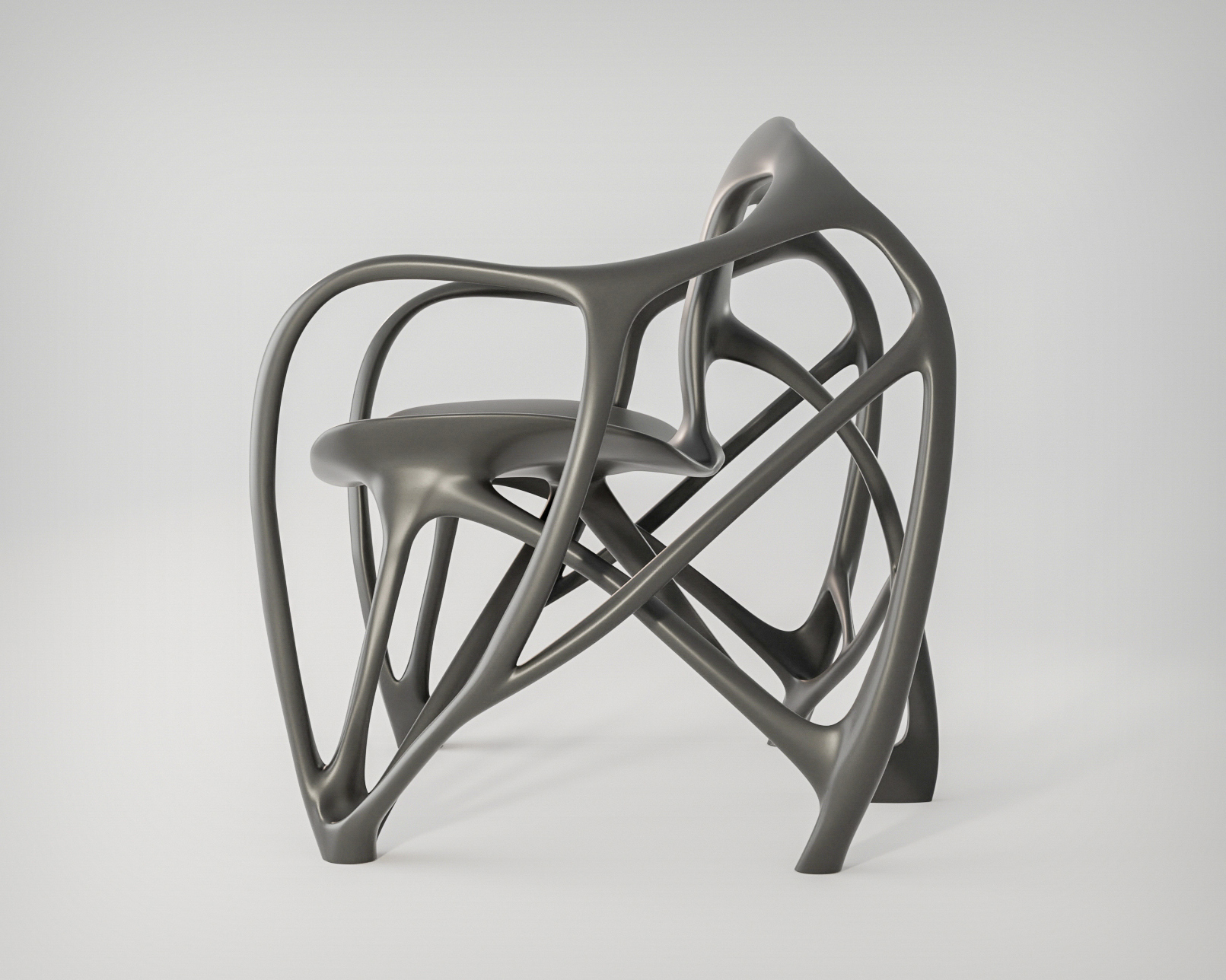

The designer’s research emphasizes 3D printing technology in furniture manufacturing, exploring its potential to drive innovation and enhance sustainability. A comparative analysis contrasting traditional furniture production with 3D-printed methods involved surveys of 20 furniture designers and 100 consumers, along with creating multiple prototypes using CAD software and 3D printers. Findings revealed that 3D printing could reduce material waste by approximately 25% and shorten production time by about 30%, highlighting its potential for significant environmental and commercial benefits.
Tanvi Joshi
If you liked the article, do not forget to share it with your friends. Follow us on Google News too, click on the star and choose us from your favorites.
If you want to read more like this article, you can visit our Technology category.



